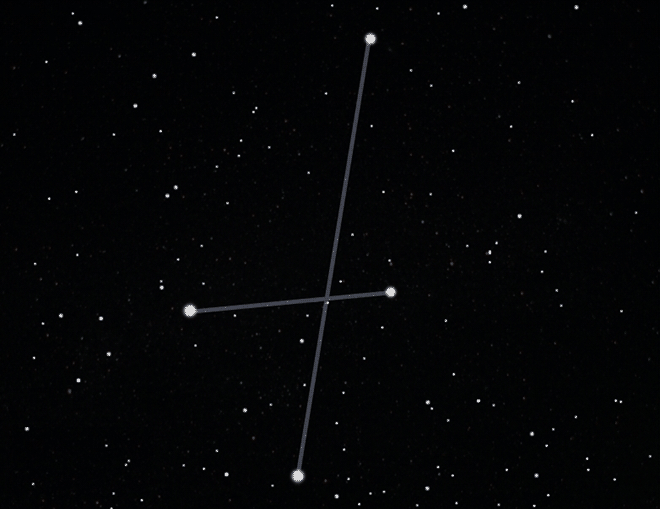|
|
||||
PRESENT-DAY TO 50,000 CE TO 100,000 CE. GIF: MARTIN VARGIC by NEEL V. PATEL - SCIENCE 03.30.15. ANY GRADE SCHOOL kid can
identify constellations like the Big Dipper or Orion in the night sky.
But 50,000 years from now (assuming civilization hasn’t blotted the sky
out with several millennium’s worth of chemical and light pollution)
kids will be pointing out constellations that bear little resemblance to
the ones you know.
Martin Vargic, a graphic designer from Slovakia, created a chart that shows how the Big Dipper, Orion, Crux, Leo, Cassiopeia, and Lyra have changed throughout human history, and how they will look from Earth in the distant future. Using data from the European Space Agency’s Hipparcos satellite, which collected data on celestial object positions from 1989 to 1993, Vargic estimated how the constellations would transform between 50,000 BCE to 100,000 CE.
The images that astronomers associate with constellations have always been a little…imaginative, but over these time scales certain constellations will distort beyond recognition. “The changes in these star patterns occur because the stars that comprise constellations are not physically related,” explains E.C. Krupp, director of the Griffith Observatory in Los Angeles. “They are all independent objects, at different distances from us and from each other and moving independently from each other.” Over time, Leo (above) will contort into an anatomically impossible backbend, and Crux’s Southern Cross will transform into Southern Parallel Lines. Just how much those constellations will change depends on how far their stars are from Earth. Stars drift around at velocities measured in tens of kilometers per second—“extremely fast compared to a pitched baseball, but only about 1/10,000 the speed of light,” says physicist Daniel V. Schroeder from Weber State University. Obviously, you don’t notice stars moving when you stare up at the sky. But astronomers and their satellites keep track of the motion over time, with some stars drifting side to side, or toward or away from Earth. “That motion is easier to detect for the closer stars, and harder for the more distant ones,” says Schroeder.
The Big Dipper, for example, is made up of stars that are about 100 light-years away from Earth. Compared to the stars of Orion’s Belt (above), which are about 1,000 light-years away, the Dipper’s shape will change relatively quickly. The further away a set of stars are, the less their configuration will appear to change from our perspective—even on the scale of 100,000 years. Scientists have known about changing star patterns since astronomer Edmond Halley first wrote about proper motion in 1718, and portrayals of these changes have been published for a long time. But Paul Hodge, an astronomer at the University of Washington, thinks this new graphic is an improvement over older, Earth-bound observations. “The Hipparcos satellite measured the apparent motion of stars much more accurately than was done from the ground,” he says. On its four-year trip, Hipparcos turned slowly on its axis, letting its telescope scan the sky. It measured the angles between stars and recorded their brightness—about 100 times for each star—creating a precise map of stellar distances and motions that allowed Vargic to make his projections. Hopefully humankind is around for another 100,000 years to see these constellations transform. But some of them might need new stories, unless everyone’s okay with imagining Orion having a head that caves inward. And don’t get me started on Crux—that name will have to change.
SOURCE: GIFs Show Constellations Transforming Over 150,000 Years - Wired News |
||||
| Related Links and Sources: | ||||
 Constellations - The Zodiak In the Golden Age, Heaven and Earth were the one world, where Gods and people had been living together. - Source |
||||
| FAIR USE NOTICE: This page contains copyrighted material the use of which has not been specifically authorized by the copyright owner. Pegasus Research Consortium distributes this material without profit to those who have expressed a prior interest in receiving the included information for research and educational purposes. We believe this constitutes a fair use of any such copyrighted material as provided for in 17 U.S.C § 107. If you wish to use copyrighted material from this site for purposes of your own that go beyond fair use, you must obtain permission from the copyright owner. | ||||
|
|




